Nearly 1 in 4 children in New York state live in poverty. In the November 2013 edition, NYSUT United takes an in-depth look at how poverty impacts academic achievement, and calls on the state to remedy the crisis by ending the funding gap, creating more community schools and fully funding higher education.
By NYSUT President Richard C. Iannuzzi
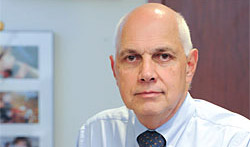
"I am more convinced than ever that the failure to address inequality - resulting in the shrinking of the middle class and the significant growth of poverty - is at the core of the challenges facing educators, health care workers and public service employees," says NYSUT President Dick Iannuzzi.
By Matt Smith
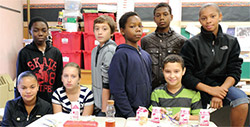
The effects on children and families in New York state are compounded by underfunded schools and support programs. It's time for lawmakers to take action. Nearly 55 percent of Syracuse children live in poverty. In Poughkeepsie, 86 percent of public school students qualify for a free or reduced-price school lunch. In rural Montgomery County, 30 percent of the children under age 18 live in poverty. Statewide, personal income for those living in rural upstate New York in 2012 was 57 percent lower than the personal income of the state's urban residents.
By Matt Smith
In the 1950s, union membership in the U.S. peaked at 28.3 percent. Manufacturing jobs were plentiful, more Americans were able to afford single-family homes and the automobile industry flourished. It was a decade of unprecedented economic growth. Today, union membership nationwide has plummeted to 11.3 percent - with just 6.6 percent of the private-sector work force unionized, a recent Pew Center for Research survey reports.
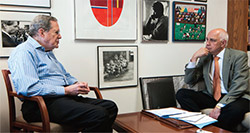
NYSUT President Dick Iannuzzi sat down for a conversation with Peter Edelman, a leading antipoverty advocate and author of a provocative new book, So Rich, So Poor, Why It's So Hard to End Poverty in America.
By Sylvia Saunders
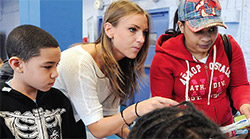
Community schools are neighborhood public schools that address the needs of students in a holistic way - not just their academic achievement, but their overall health and well-being. Using the school as a hub, community schools integrate services, coordinate with partners and use existing government funding to meet students' academic, enrichment, social and health needs - removing barriers to learning and helping students succeed.
By Kara Smith
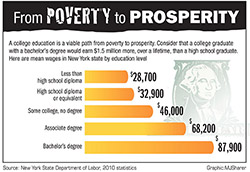
This inequality is starkly evident in higher education, where soaring costs, shrinking financial aid and underfunded educational opportunity programs have made earning a college degree increasingly difficult. Many students from low-income backgrounds work hard to get into college. But staying often poses an even bigger challenge.
By Ned Hoskin
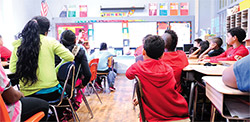
New York state is spending less to fund education this year than it did in 2008 - before the recession kicked in. Adjusted for inflation, it means a cut of $405 per student - a 5.1 percent spending decrease from six years ago. And, even though the state increased state aid to pre-K-12 by nearly $1.6 billion over the past two years, it is far from enough to restore the programs, services and jobs that have been lost. Years of decline in state funding is bad enough; the inequitable way state aid is distributed is even worse.
By Liza Frenette
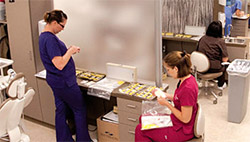
The effects of poverty on children can be devastating - asthma, poor oral health, nutritional deficiencies, exposure to toxins, illnesses and injuries from unsafe living conditions and play areas. Poor and low-income families are more likely to have children with special health needs and fewer resources to address physical, social and emotional conditions. The problem, according to the American Pediatric Association, is even more acute among the children of African-Americans, Latinos and immigrants.
The Reform Educational Financing Inequities Today (REFIT), the Enlarged City School District of Middletown and the Association of Small City School Districts have filed amici curiae - "friend of the court" briefs - expressing their group's own concerns about the tax cap.